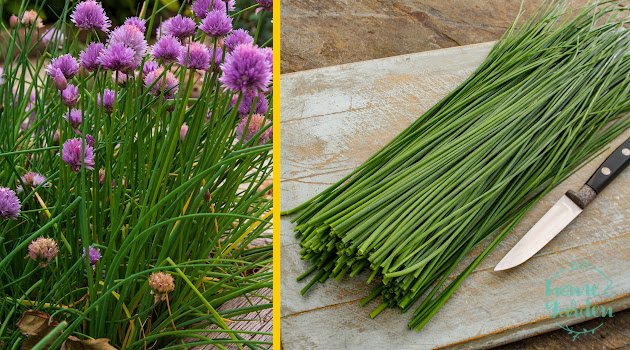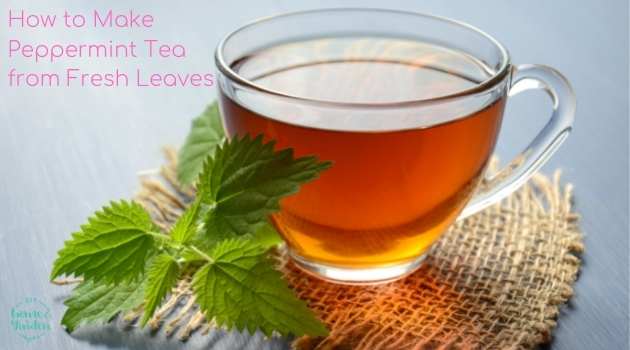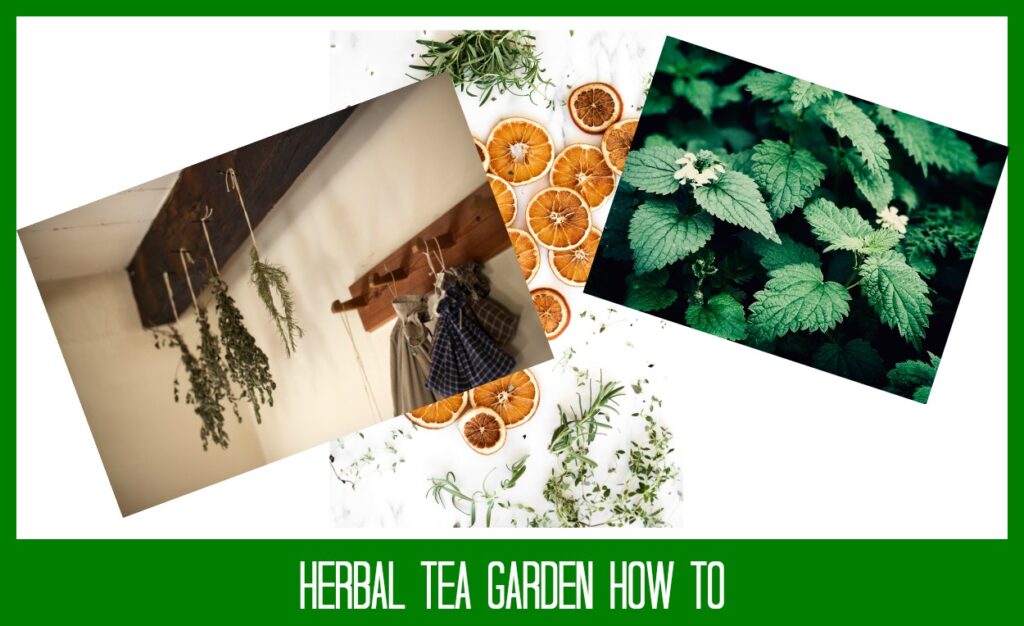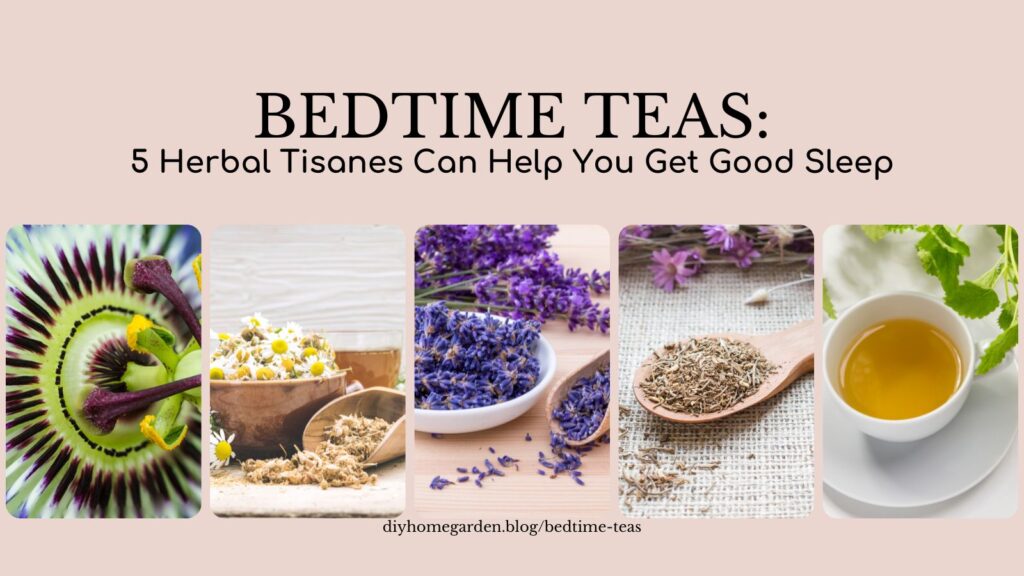Peppermint tea is refreshing, light, and easy to make with all that fresh mint that’s taking over your garden.
Growing peppermint is one of the easiest to grow and care for plants you can add to the herb garden. In fact, all mint species grow like a weed, requiring very little TLC, and can take over the entire area. Personally, I grow peppermint in big pots to keep them from choking out more delicate plants. They are perennial plants that will come back year after year if you overwinter them according to your growing zone. In my growing zone in NC, I often note that they, along with my chives, are the first signs of life in my herb containers.
Some gardeners tell me they shy away from peppermint. Why? That’s because they don’t know what to do with all of it! They know it makes delicious mojitos and edible garnishes. But what else, many ask. Harvesting the leaves to make this very delightful tea is just one more reason to give mint a chance.

What Is Peppermint Tea Good For?
Not only is having a cup of peppermint tea a pleasant and calming ritual, but it also has science-backed therapeutic benefits for your health. A 20018 Healthline article points to the following reasons to add peppermint to your routine. Here are eight excellent reasons to try drinking peppermint tea every day.
- IBS: One study found administered peppermint oil to participants who have IBS. They saw significant symptom relief in two weeks versus placebo.
- Reduce nausea: Scientists gave two hundred people with chemotherapy-related sickness and vomiting peppermint oil. They had reduced symptoms.
- Abdominal pain: Another study looked at how peppermint oil impacted two thousand children struggling with abdominal pain. They noted that therapy reduced the symptoms’ length, frequency, and severity.
- Bad breath: Why is mouthwash minty? That’s probably more than the most apparent reason–that peppermint smells so good. Besides the fresh fragrance, it contains antibacterial properties that can reduce dental plaque, which is sometimes the cause of bad breath.
- Menstrual cramps: Scientists studied the connection between peppermint and menstrual cramping due to its efficacy as a muscle relaxant. They studied 127 women who noted that it reduced the length and severity of the pain.
- Mental clarity: One small study of twenty-four participants found that healthy young adults saw improved results on cognitive tests after taking peppermint oil capsules.
- Allergies: Peppermint and other members of the same genus contain rosmarinic acid, which scientists believe helps reduce seasonal allergies. A three-week study of twenty allergy sufferers noted a lessening of seasonal allergy symptoms versus placebo.
- Sinus relief: Science proves that peppermint has anti-inflammatory, antiviral, and antibacterial properties. Thus, drinking a nice mug of peppermint tea may provide you some temporary relief from your symptoms as you recover from a sinus infection.
A note about these studies
Note: Participants primarily consumed peppermint oil extract or capsules during these studies, not tea. However, the oils are contained in the leaves. Is this natural remedy for these conditions worth a try? Ask your health care provider, but they might be worth a look.
Who Should Not Drink Peppermint Tea?
In researching the benefits of peppermint tea, we also found a reason not to indulge. Studies warn that people who have GERD or acid reflux should avoid consuming too much peppermint. The same relaxing effect that helps improve period cramps will also cause the sphincter muscle to loosen. Of course, that can mean a round of acid reflux. Whether you have GERD or acid reflux for another reason–pregnancy, for example–you should avoid this.
Also, remember that all herbs can potentially interact with pharmaceuticals, so it’s always best to consult with your pharmacist or doctor before starting any herbal therapies.
Does Peppermint Tea Have Side Effects?
If you drink too much peppermint tea, you may see unlikely side effects, including heartburn, vomiting, nausea, or dry mouth. Studies note that these are rare.
How to Brew Peppermint Tea from Leaves
Now that you know the pros and cons of drinking peppermint tea let’s look at how to put the bounty of your herb to use for everyday health.

Peppermint Tea (from fresh leaves)
Ingredients
Method
- Harvest from your peppermint patch and rinse about eight to ten nicely sized peppermint leaves. If you want a more intense "mintiness," you will use ten. Set them aside.
- Bring water just to boiling. Shut it off and let it sit for two or three minutes. Otherwise, it will be "too hot" for the peppermint leaves.
- Put the tea leaves in the palm of your hand. Use your other hand to "slap" the tea leaves. This bruises them and releases the peppermint oil–you will notice the minty smell.
- Put the leaves in the bottom of a ten-ounce or larger mug or teacup. Pour the water over the tea leaves, letting them steep for about five minutes.
- Use a small strainer or spoon to remove the tea leaves (I add mine to the kitchen compost). Conversely, you might also leave the leaves if you don't mind them.
- Sweeten with honey, if desired.
The Takeaway: You Can Make Peppermint Tea From Fresh Leaves, and it Tastes So Darn Good!
This herbal tea recipe is a basic guideline–you can apply the same method to making any palatable herb from your garden into a delicious tea. Give this a try, and connect with us on social to tell us how it worked for you. We look forward to learning about your experience. Until the next time, have a happy DIY day.



